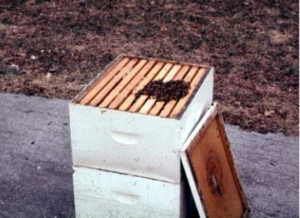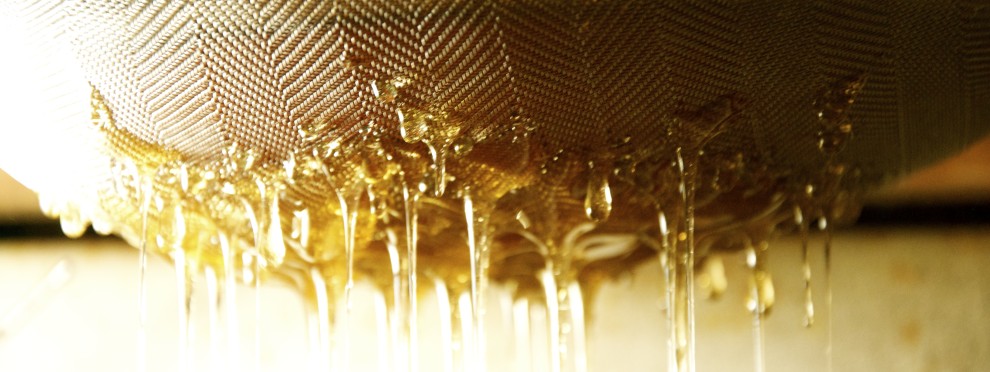February in the Pacific Northwest Colony by Dewey M. Caron
February is a “pivotal” month for PNW bees. Queens have started laying eggs, especially those less than a year old. Our generally warmer winter weather in January, has enabled the workers of colonies with larger populations to expand the cluster size, opening up more cells for queen egg laying than might be considered “normal”. This defines February as pivotal because colonies are often living “close to the edge”.

There is an adult age imbalance with more older than younger bees because the Fat bees reared in the fall are now senior citizens. As the weather permits flight, these aging bees use body resources quickly. Fresh pollen to the February hive is highly stimulatory and important to rear critical replacements for dying adults. Unfortunately such expansion, along with the aging bees and clusters in the top brood box, mean less hive flexibility to quickly adjust to changing weather. Colonies less frugal with adult and stored food resources lead to the possibility of failure to survive in the coming two months. Underpopulated colonies, trying to keep expanded brood nests warm, can be lost in a cold, wet weather spell.
Our PNW Loss/Survivorship Survey is also at a “pivotal” junction. This fifth year of data will enable an official analysis of trends and correlations of losses to weather variation. Won’t you join us this year and share your overwintering loss/successes and answer a few questions about your overwintering and mite management? The PNW HONEY BEE SURVEY included over 350 respondents last year. It is simple to fill out. It is available online at pnwhoneybeesurvey.com/survey. We have the website open and ready for your survey responses in April. If you have been looking at your colonies and want to make notes to make filling out the April survey a breeze download the PDF note sheet at pnwhoneybeesurvey.com/notesheet/.
